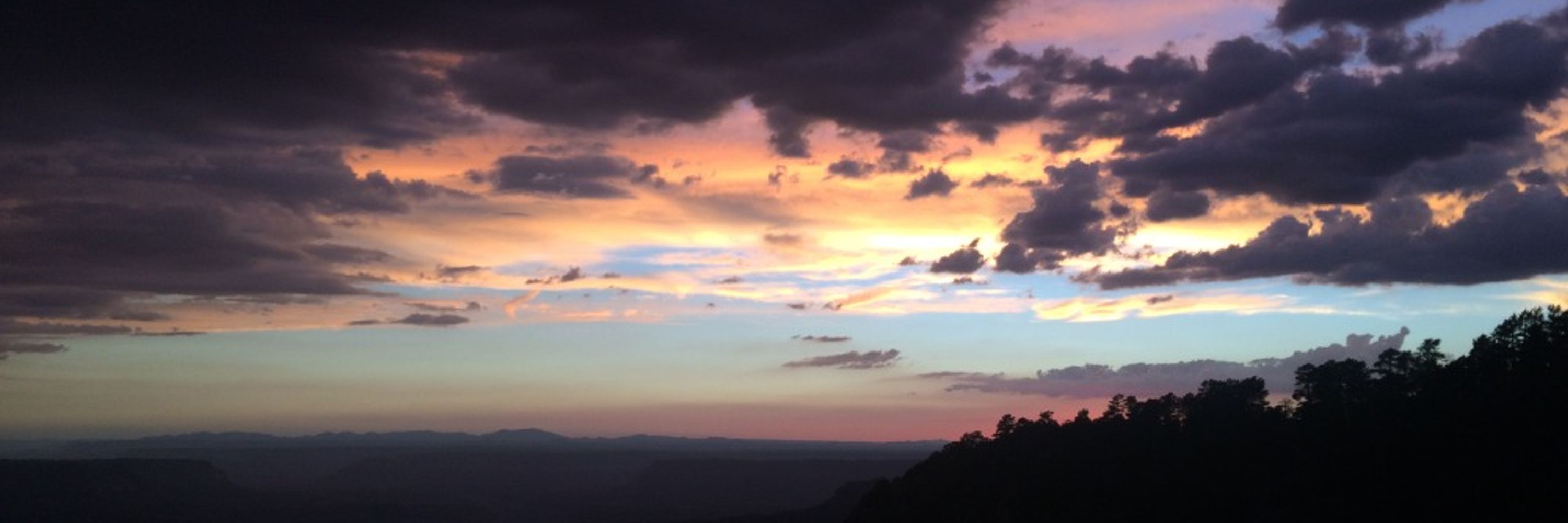
Bob Shriver
@bkshriver.bsky.social
Plant Ecologist and Assistant Professor at the University of Nevada, Reno
The monkey flowers are good there this year. We were just there last week surveying the buckwheat populations.
June 5, 2025 at 6:59 PM
The monkey flowers are good there this year. We were just there last week surveying the buckwheat populations.
We mention this in the paper, but our analysis can really only speak to what allowed for increasing density in stands that predate 1800, but not what allowed for expansion into new areas. But increases in density after 1850 in these stands are largely predictable given pre-1850 demographic rates.
June 2, 2025 at 4:10 AM
We mention this in the paper, but our analysis can really only speak to what allowed for increasing density in stands that predate 1800, but not what allowed for expansion into new areas. But increases in density after 1850 in these stands are largely predictable given pre-1850 demographic rates.
Finally, and importantly, we show the pattern we observe in PJ woodlands does not apply everywhere. Using a dataset from a ponderosa pine ecosystem in AZ, we show that unlike PJ there is clear evidence of increasing establishment rates associated with fire exclusion in this system.
May 1, 2025 at 3:33 PM
Finally, and importantly, we show the pattern we observe in PJ woodlands does not apply everywhere. Using a dataset from a ponderosa pine ecosystem in AZ, we show that unlike PJ there is clear evidence of increasing establishment rates associated with fire exclusion in this system.
Our results have broader implications for how we interpret forest and woodland histories. Stand age data are the net result of multiple processes: establishment rates, survival rates, and total population size. Interpreting stand histories from these datasets requires accounting for these processes.
May 1, 2025 at 3:23 PM
Our results have broader implications for how we interpret forest and woodland histories. Stand age data are the net result of multiple processes: establishment rates, survival rates, and total population size. Interpreting stand histories from these datasets requires accounting for these processes.
We use age structure data from PJ populations across the western US. All of these populations are dominated by young trees. But using simple population models, we show that observed increases in tree establishment are highly predictable using pre-1800 tree establishment rates.
May 1, 2025 at 3:23 PM
We use age structure data from PJ populations across the western US. All of these populations are dominated by young trees. But using simple population models, we show that observed increases in tree establishment are highly predictable using pre-1800 tree establishment rates.

